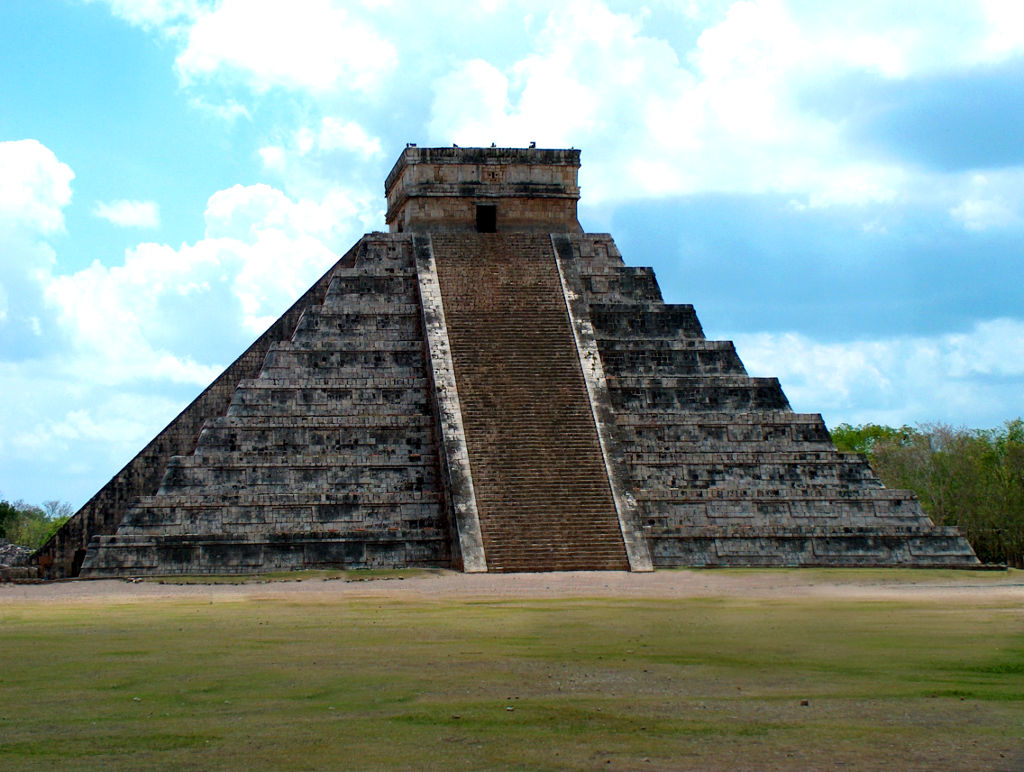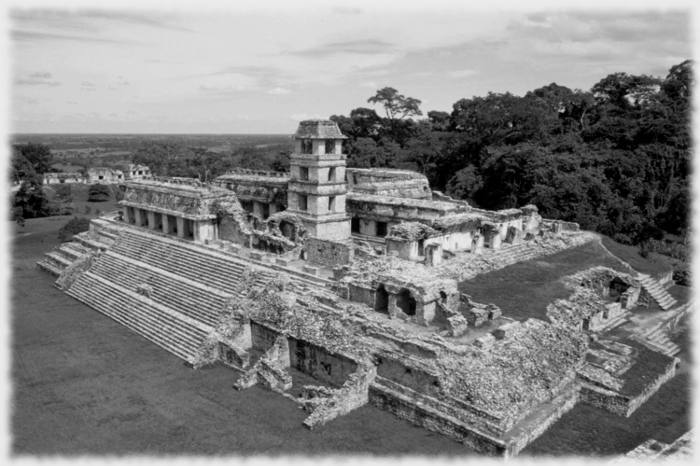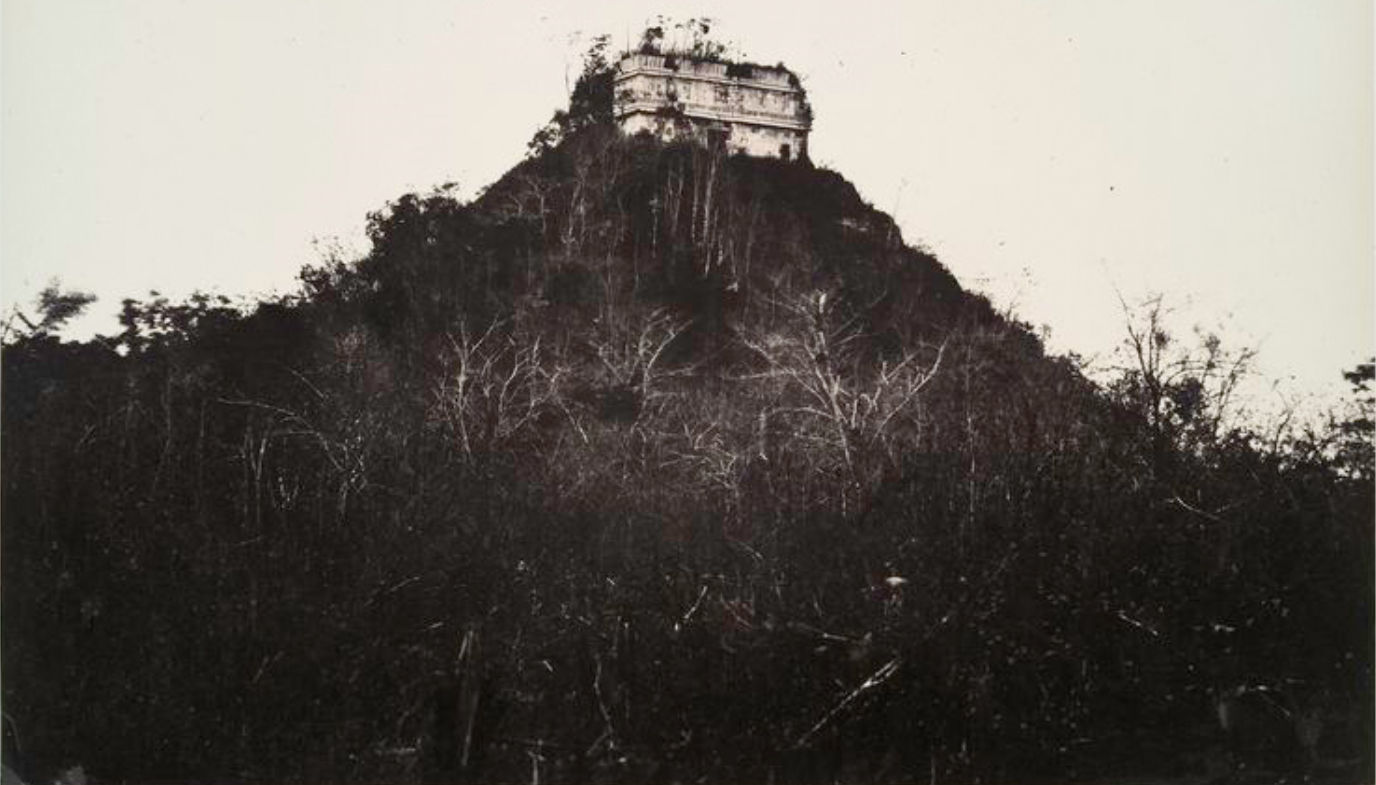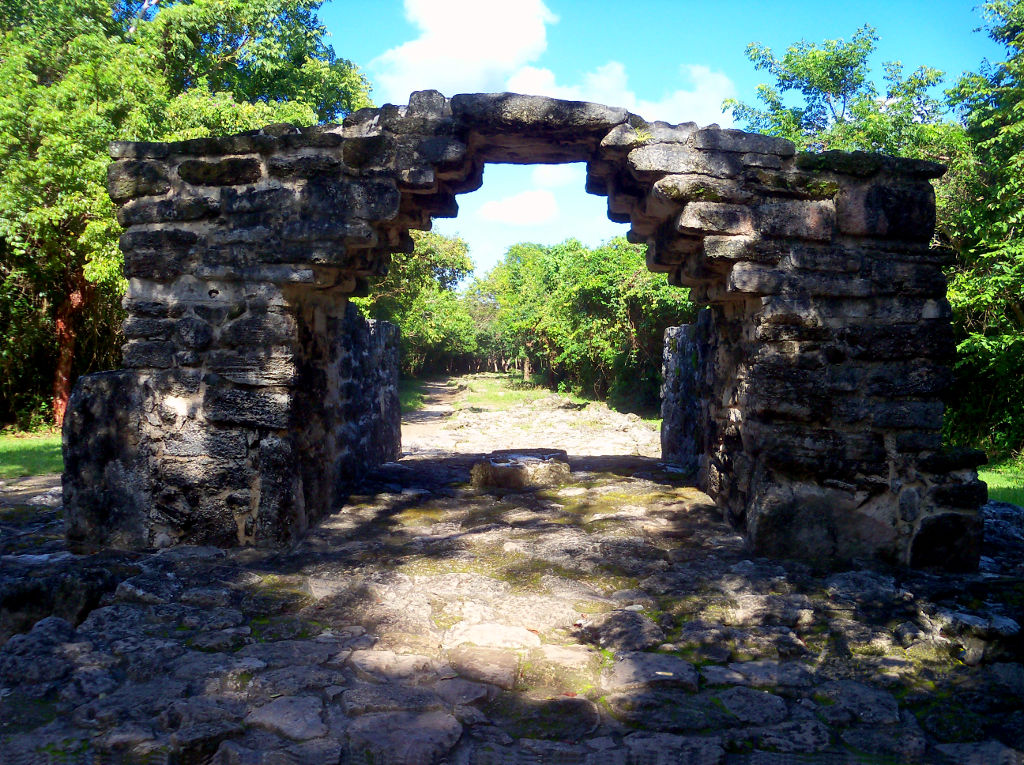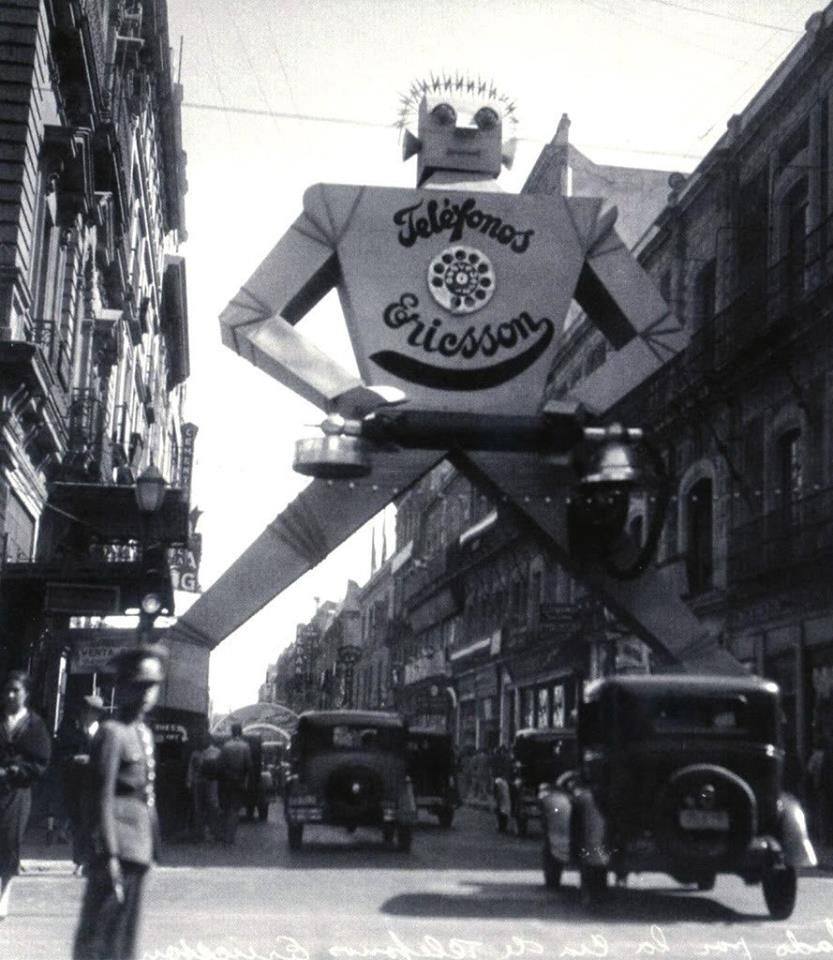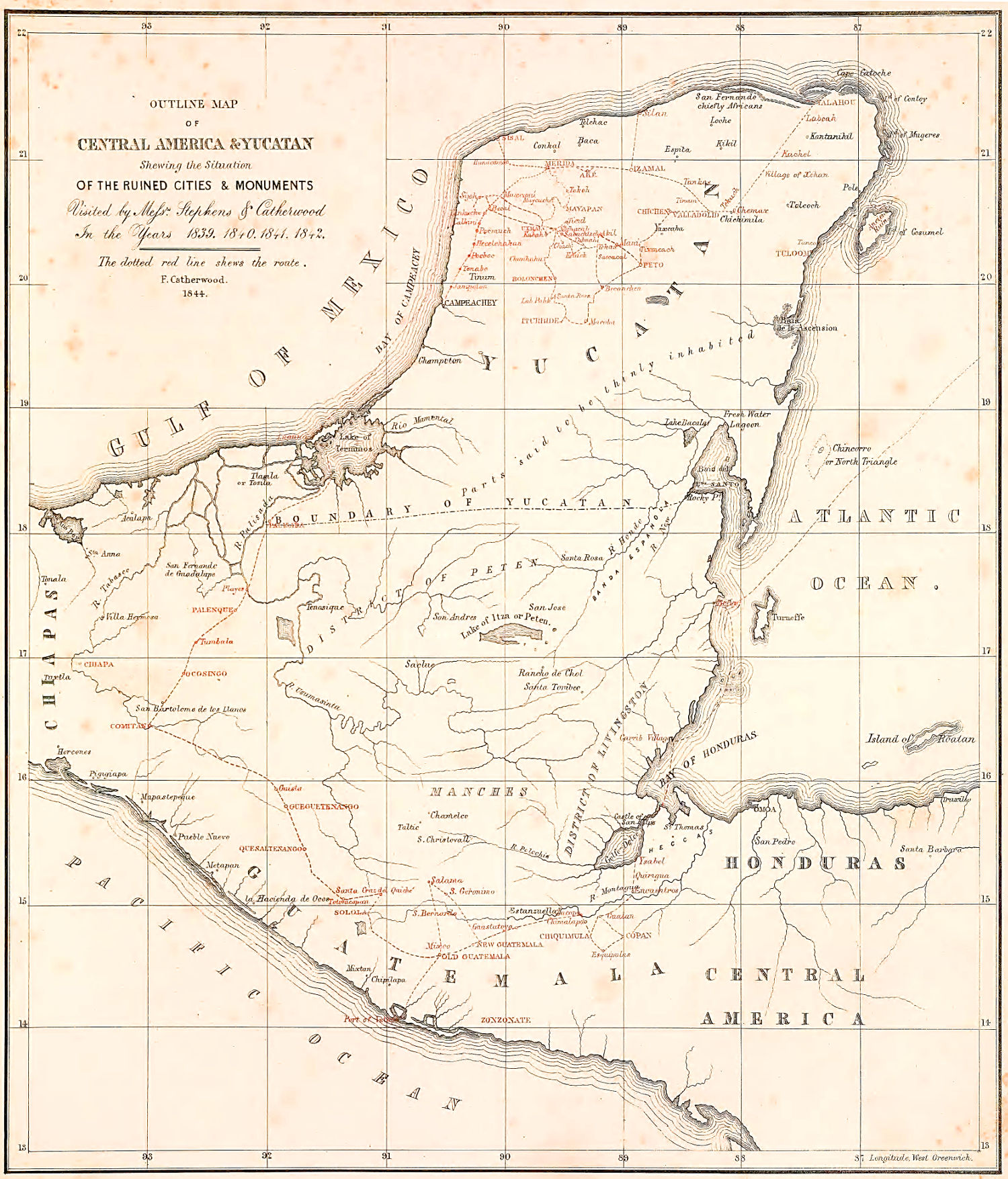
From Views of Ancient Monuments in Central America, Chiapas and Yucatan
Tag: Mexico
Tele-Guia, September, 1966
El Castillo, Yucatan, 2005
Some photos I took back in 2005 on a visit to Chitzen Itza, Yucatan. The following year, tourists we not allowed to climb the structure.
Colossal Head at Izamal, 1844
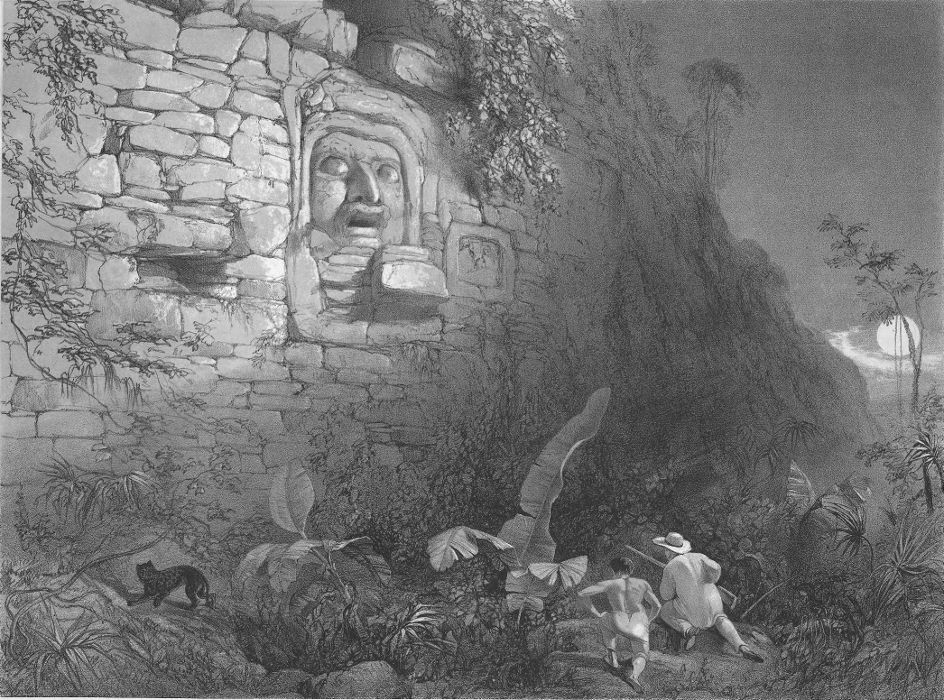 From Views of ancient monuments in Central America, Chiapas and Yucatan
From Views of ancient monuments in Central America, Chiapas and Yucatan
COLOSSAL HEAD, AT IZAMAL.
ON STONE, BY H. WARREN.
Izamal, at the height of its prosperity, must have been one of the most important of the Indian cities of Yucatan. There is abundant testimony to prove that it was inhabited at the time of the Spanish conquest. There are still remaining several mounds, one of which is the largest in Yucatan, but so dilapidated and disfigured, as to defy accurate measurement : it may be about seven hundred feet long and sixty high. It is said to contain interior chambers and colossal statues ; but no entrance at present exists to these subterranean apartments. The great church and convent of the Franciscan monks stands on the upper platform of one of these ancient teocalli, and the open area fronting the church is probably not less than two hundred feet square, surrounded on three sides by an open colonnade, forming a noble promenade, overlooking the modern city of Izamal and the surrounding country to a great distance. On the side of a mound about two hundred feet long, and which formerly had stone and stucco ornaments from one end to the other, is the Colossal Head — perhaps of some deity — represented in the plate : it is seven feet eight inches in height, and seven feet in width. A stone, one foot six inches long, protrudes from the chin, intended perhaps for burning copal on.
Castle at Tuloom, 1844
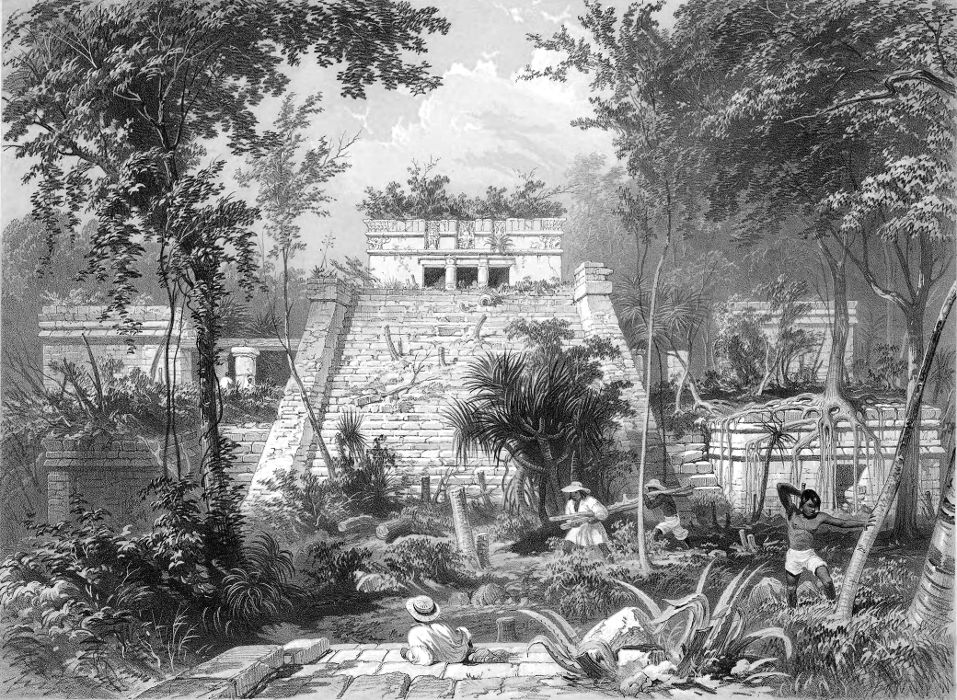 From Views of ancient monuments in Central America, Chiapas and Yucatan, 1844
From Views of ancient monuments in Central America, Chiapas and Yucatan, 1844
CASTLE, AT TULOOM.
ON STONE, BY A. PICKEN.
The ruined City of Tuloom is situated on a ledge of rocks on the eastern shore of Yucatan. The building given in Plate XXIII., although called a Castillo, or Castle, was, there can be little doubt, a place used for the religious ceremonies of the Indians. At the time the drawing was made, trees obstructed the view, which had to be cut down before the design of the edifice could be made out. Continue reading “Castle at Tuloom, 1844”
Palace of Palenque
The Palace, Located within the ruins of Palenque (or Lakamha) in southern Mexico is a complex of several connected and adjacent buildings and courtyards. It was built over several generations on a wide artificial terrace during a four century period. The Palace was used by the Mayan aristocracy for bureaucratic functions, entertainment, and ritualistic ceremonies.
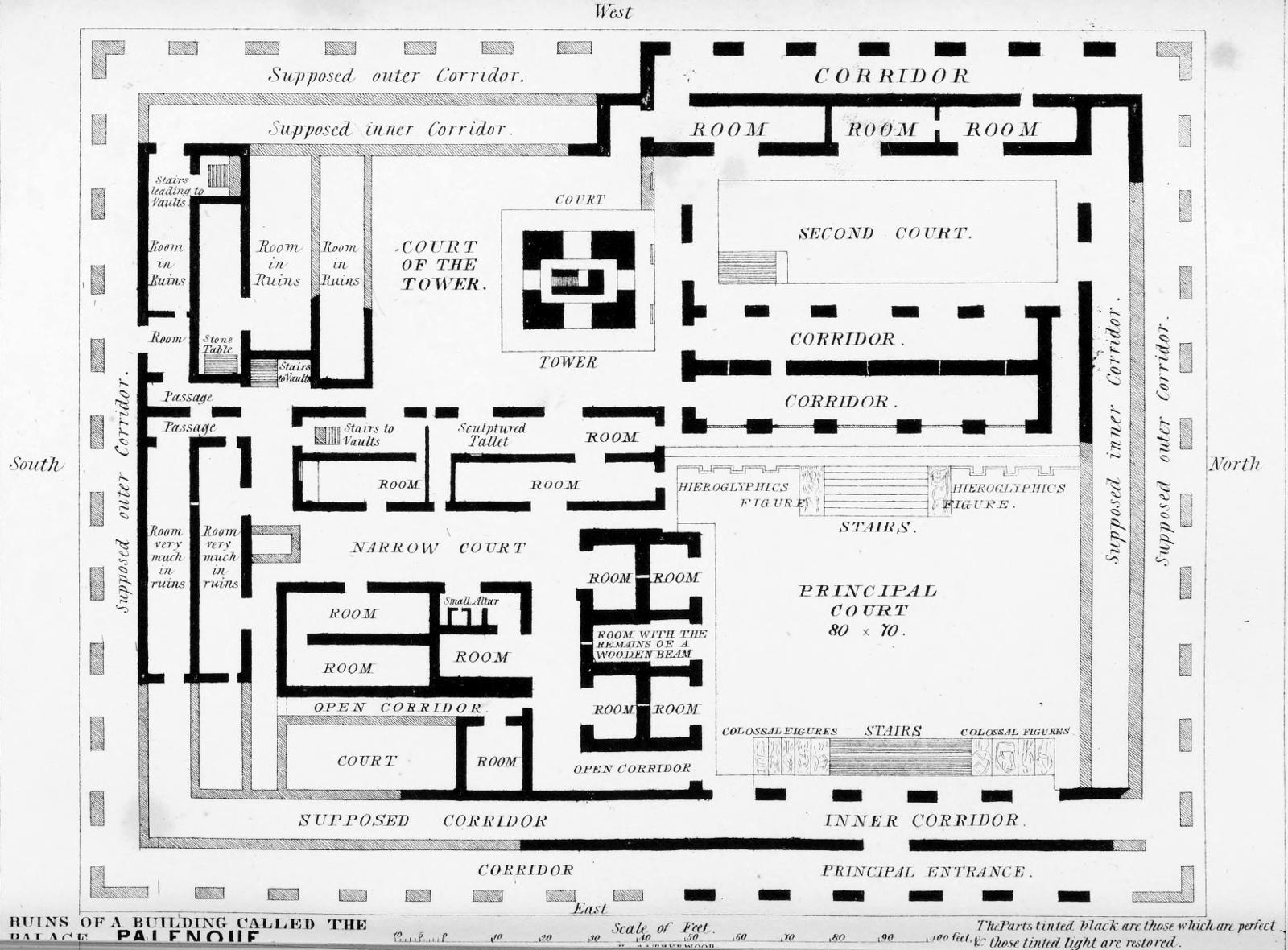 From Incidents of travel in Central America, Chiapas, and Yucatan by John L. Stephens (1805-1852)
From Incidents of travel in Central America, Chiapas, and Yucatan by John L. Stephens (1805-1852)
El Castillo, Yucatan, 1860
San Gervasio, Cozumel
Most Mayan sites were found deep in the interior of their lands, with the exception of structures like Tumba del Caracol, San Gervasio was built roughly two miles from the nearest coast. It is believed that no human sacrifices were made at this location, mostly because there is no evidence of such a practice happening here; no skeletal remains, no artifacts, and no (human) sacrificial alter. Once in their life Mayan women would travel to San Gervasio and offer their sacrifices to Ix Chel, an aged deity of childbirth, and fertility. Like many Mayan sites, there was only one way in and out of San Gervasio. In this case it was through the arch pictured below. A white limestone road was be illuminated by the full moon which would lead travelers to the sacred site, where it is said that on a full moon, the moon appeared over the alter.
Tumba del Caracol, Cozumel
Tumba del Caracol is a Mayan building found on the southern end of Cozumel, erected during the post-classic period. There are a couple of legends concerning the buildings. One is that it functioned as a weather alarm, producing a whistle via conch shells that would precede the arrival of a hurricane, The other is that the building was used to send a pillar of smoke into the air so that travelers could find their way back to the island, the later is more believable because of the Maya ruins found at San Gervasio. Those ruins were believed to be the home of some sort of fertility ritual, those ruins are unique to Mayan culture as there are no signs that any human sacrifices had taken place there.
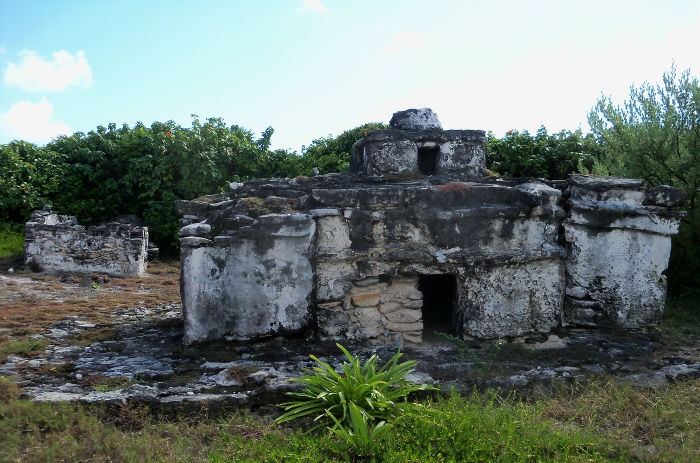
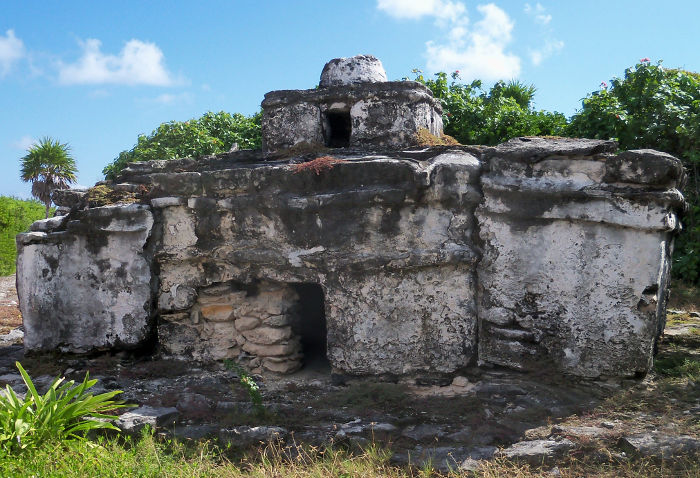
Photos copyright paper-dragon, 2018

